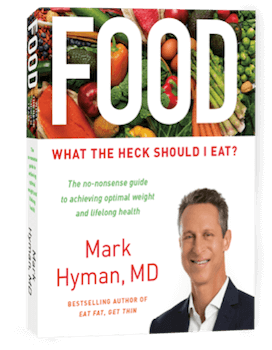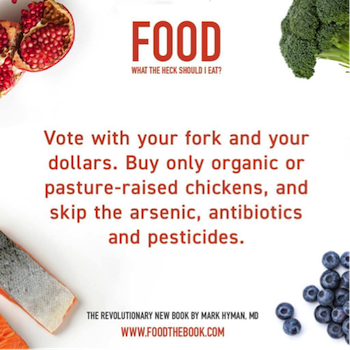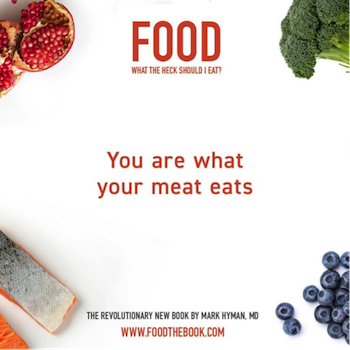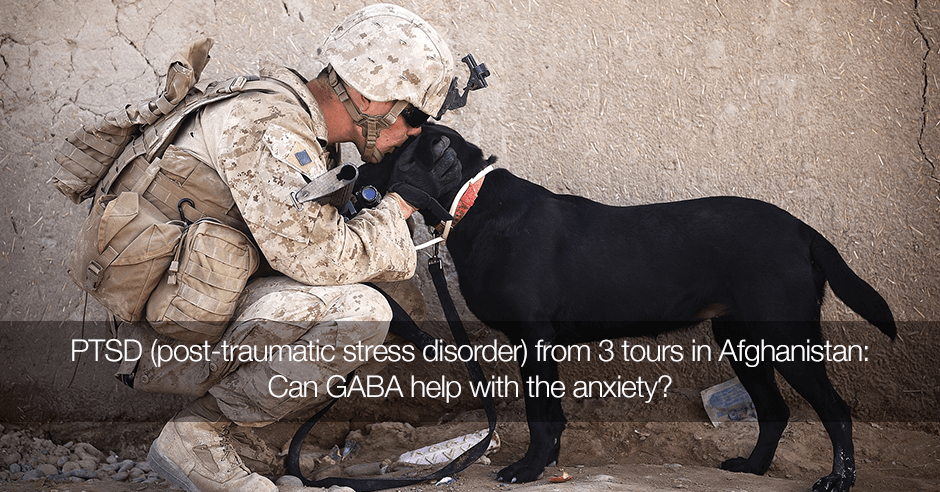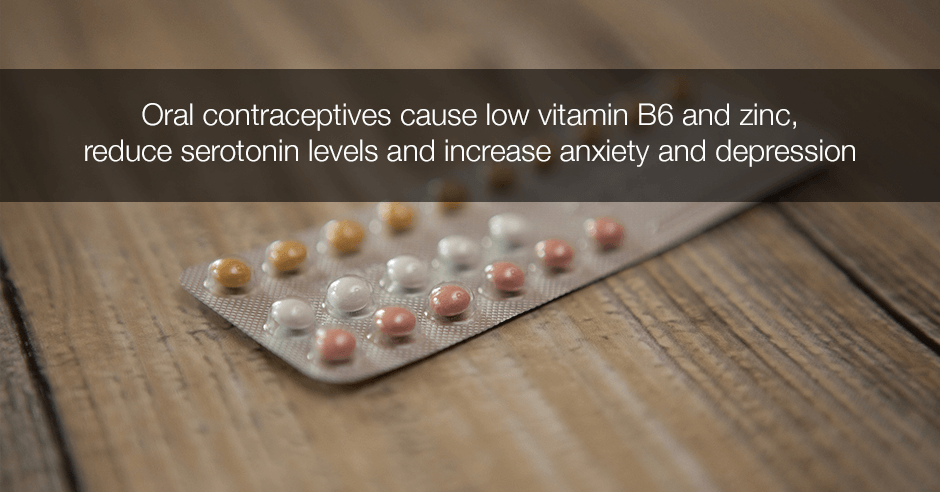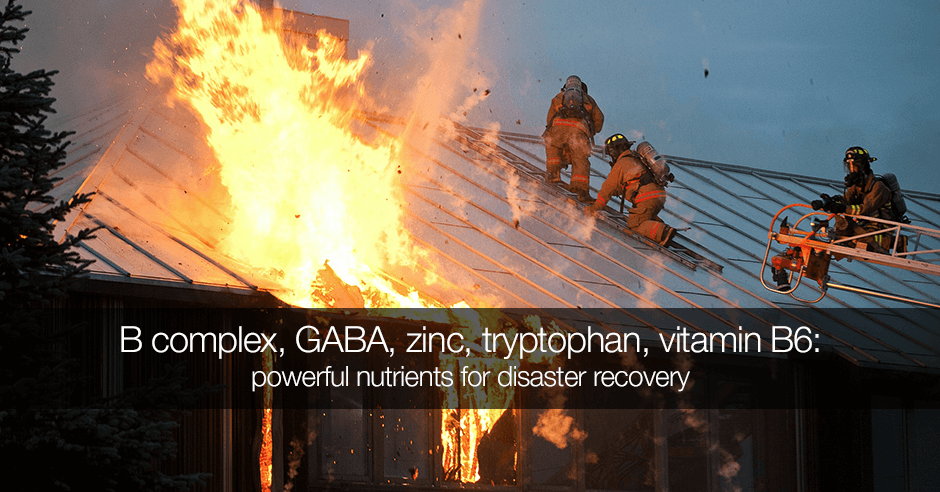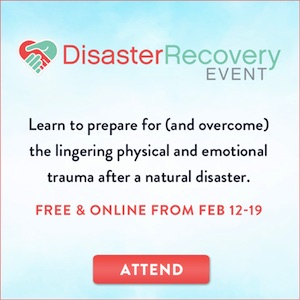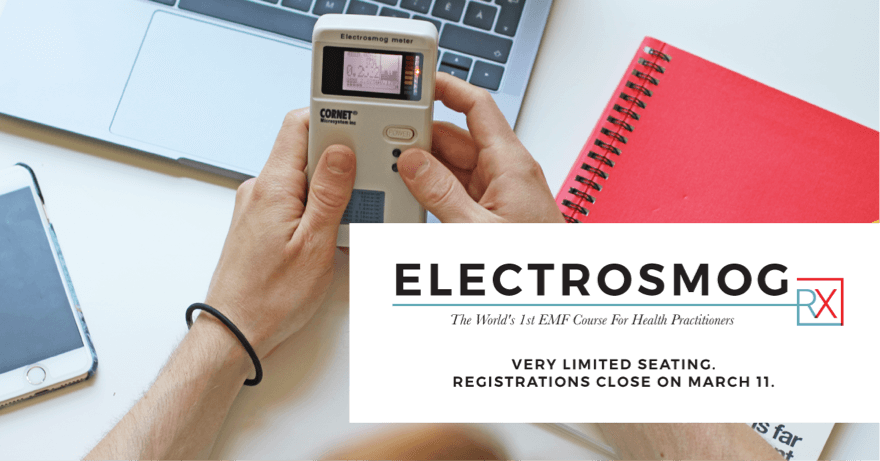
Our exposure to “Electrosmog” from cell phones, Wi-Fi, Bluetooth, smart meters and cell phone towers is increasing steadily and we can’t deny it anymore — electromagnetic fields (EMFs) — are making people sick. EMF exposure is now thought to be just as important as exposure to pesticides, mold, heavy metals or any other kind of environmental toxin:
- Magda Havas from Trent University: up to 33% of the population has “mild to moderate symptoms” of electro sensitivity
- Dietrich Klinghardt, health pioneer and Medical Director at the Sophia Health Institute: “patients suffering from chronic illness will likely never heal unless you reduce their exposure to Electrosmog.”
This paper published in 2016, Microwave frequency electromagnetic fields (EMFs) produce widespread neuropsychiatric effects including depression reports that
the mechanism of action of microwave EMFs, the role of the VGCCs [voltage-gated calcium channels] in the brain, the impact of non-thermal EMFs on the brain, extensive epidemiological studies performed over the past 50 years, and five criteria testing for causality, all collectively show that various non-thermal microwave EMF exposures produce diverse neuropsychiatric effects.
Among the more commonly reported changes are sleep disturbance/insomnia, headache, depression/depressive symptoms, fatigue/tiredness, dysesthesia, concentration/attention dysfunction, memory changes, dizziness, irritability, loss of appetite/body weight, restlessness/anxiety, nausea, skin burning/tingling/dermographism and EEG changes.
My friend and investigative health journalist Nicolas Pineault is the author of “The Non-Tinfoil Guide to EMFs” (my Amazon link) and an expert on EMFs. He is the creator of Electrosmog Rx, an EMF Course for Health Practitioners, now available as an evergreen version.
In February I announced the live version and I know a number of you jumped right in and did the training with me! What an amazing course it was!
Here is my official testimonial:
This is the most intellectually-stimulating course I’ve done in a long time! Nick’s expertise is exceptional, the research expansive (and quite mind-blowing!), the practical solutions excellent and the Facebook community invaluable! The knowledge I’ve gained is going to be a game-changer for every single one of my clients. I HIGHLY recommend this course!
I was limited by word count and could have shared much more! Nick invited me to be part of the beta group and I actually said this to him: “I’ve read your book and it’s brilliant – I’m not sure I really need to do a course too” Boy was I wrong!
This training focuses on the clinical side of EMFs as an environmental factor contributing to ill health (including widespread neuropsychiatric effects) and includes critical information on what to ask your patients/clients to assess if they’re being over-exposed, how EMFs could disrupt the protocols you’re giving them, how to help them mitigate the effects of EMFs and how to make them more resilient to the effects.
If you want to learn latest evidence-based, cutting-edge, credible information on how Electrosmog exposure affects your patients/clients, how to prevent EMF-related symptoms and illness, and how to support those clients/patients who have symptoms, then I recommend this course.
The course includes all replays (audio, video, transcripts) of each of the 5 webinars, the 5 bonus interviews, access to the private members-only Facebook group packed with cutting-edge discussions, and several bonus cheat sheets that have been added based on group feedback.
EMF Basics
- The EMF spectrum
- 4 types of EMFs linked with ill health
- Common sources of EMFs your patients/clients are probably exposed to
- Are there “safe” levels of EMFs?
EMF Science
- How EMFs affect every cell in the body
- The NO/ONOO- cycle
- Synergies between EMFs, inflammation, environmental toxins and excessive NMDA activity
- Review of the strongest evidence available
EMF Symptomatology
- What to ask your patients/clients to assess their exposure
- Common EMF-related symptoms
- What to look for on labs
- How to properly diagnose electro hypersensitivity (EHS)
EMF Mitigation
- Evidence-based ways to reduce exposure in and out the home
- Using EMF-blocking clothes
- The lowdown on grounding
EMF Resilience
- Diet interventions and supplements which support the NRF2 pathway
- Supplements to heal electrosensitivity
He has also interviewed and collaborated with some of the best minds in healing including Dr. Klinghardt, Dr. Joseph Mercola, Dr. Ben Lynch and many more and the course offers these interviews as a bonus. Here is what I learned from his interview with Dr. Klinghart:
After applying a few evidence-based solutions to reduce exposure to this new environmental toxin, Klinghardt sees patients with chronic diseases such as Lyme, ALS, Parkinson’s, Alzheimer’s, MS, autism and fibromyalgia heal faster — making every single supplement or protocol he sends their way more effective.
We also learned about EMF mitigation efforts for autism/ASD and autoimmune disease:
- a simple and yet effective approach recommended by Dr. Toril Jelter and Cindy Sage: no baby monitors, no cordless phones, no Wi-Fi and switch off the bedroom circuit breaker at night. They report that over 80% of children with autism/ASD saw noticeable improvement in as little as two weeks.
- One of the most compelling studies I learned about is the study by Trevor Marshall, MD and Trudy Heil, RN: Electrosmog and autoimmune disease. In this study, 90% of the participants – all with an autoimmune diagnosis of either arthritis, lupus, multiple sclerosis, sjogrens or celiac disease – reported improved symptoms as a result of wearing silver-threaded EMF protective caps.
And based on what I learned in the course, I’m speculating (and extrapolating from some of the research) that EMF overload may play a role in chronic anxiety, insomnia, benzodiazepine issues, SIBO, high cortisol and dietary oxalate issues in some susceptible individuals. I blog in great detail about this here: Wi-Fi is an important threat to human health
You can watch his Mindshare presentation here:
Nick shares this wisdom
If you’ve never seen a patient or client whose health is being affected by EMFs, it’s very likely that you’ve missed it.
Here is some of the wisdom you can expect to learn in the course:
- EMFs reduce the number of cells in the hippocampus
- EMFs increase cortisol levels
- EMFs affect the production of GABA
- EMFs can increase blood pressure
- EMFs increase markers of inflammation (TGF-Beta 1, MMP-9 and copper), disrupting hormone and neurotransmitter production
UPDATE March 1, 2018 – You can learn more and get on the waiting list for Electrosmog RX here. (the 100 seats sold out in 3 days and he’s opening up another 100 seats in the next few days)
UPDATE March 7, 2018 – Another 200 seats have been added today and are now available for purchase. He is limiting the number so he can address all questions from participants. If you signed up prior to today you should have seen an email from Nick about this. You can also use this link to purchase: Electrosmog RX
UPDATE April 30, 2018: Updates to the blog with additional research and information for the launch of the evergreen digital version of the Electrosmog Rx program created by investigative health journalist Nicolas Pineault.
Feel free to post questions in the comments.
